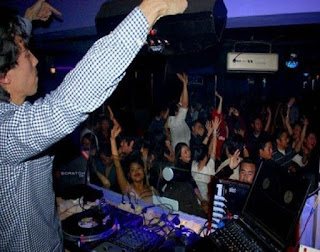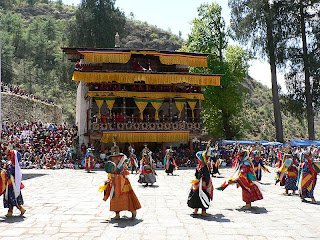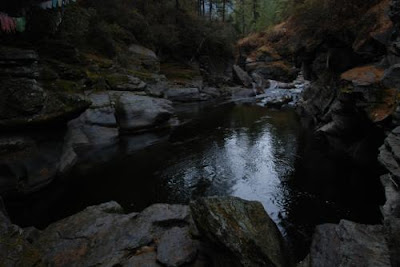Immense joys within the people of Bhutan. The birth of the prince - Gyalsey stirred the minds and happiness of the people of Bhutan. We are much delighted to have our Fourth , the present and the future king all together. Since the announcement of the expectation of baby prince , the people of Bhutan have been waiting anxiously and to the end of 2015 and start of new year of Bhutan 'The prince charming, our new leader was born'.
5th February 2016- we welcomed our loving baby prince with bright smile and happiness and celebration in the faces of the people of Bhutan. We always have a reason to be happy and always find a new reason for joy. With much surprise the photo of the baby prince was not released immediately but after 15 days with the celebration of the birth anniversary of His Majesty the present king.
To celebrate that in my own world of happiness I wrote Haiku
" Peach flowers blossom
Happiness of the people-
Cry of baby prince "
15 days later Kupar - The royal baby picture is released and I wrote another Haiku for it
"Blossoms on trees
Smile on people's face
Reason for another Joy"
Both Haiku is copyright!










